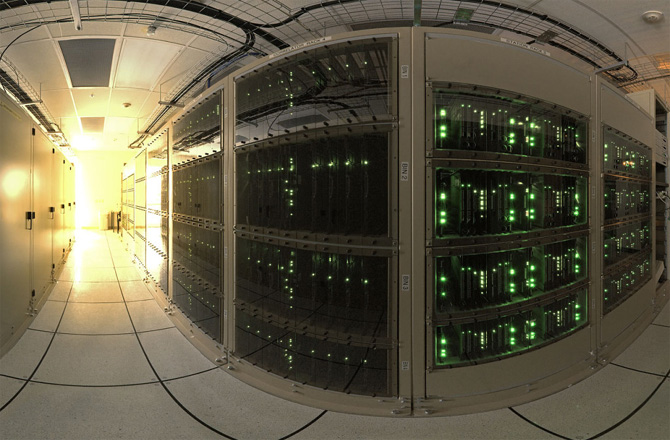Once spotted, an individual name must be found with whom there were linkages in the past or today. This requires a huge, well fed, and extremely well managed database.
One way to lighten the workload is to reverse the search direction. Rather than starting from an unknown individual involved in the offshore company, and seeing all the relationships he may have or may have had with persons known, one can begin from a selection of famous potentially troublesome people to see if they match up to materials in Panama. In this case, it is a load instruction.
There are few organizations that can instantly have all the information about privacy extending to any sportive misadventures going back 50 years, or on the details of the family unit. We are descending into the Big Brother realm and, addressing the Panama Papers folder in this way, we can easily guess who was able to provide such work.
The organization that produced the revelations has the capability to feed a database effectively, that is to say by spying and tapping, classifying billions of real-time data, and has powerful tools for extraction. The contenders at this level of expertise are few, especially if one takes into account that no American - or at least no known American - is cited in the dossier.
The distribution of this colossal work was done by a group of journalists. Maybe so, but it is still rare to find actual philanthropy in organizations funded by patrons such as USAID (United States Agency for International Development) and Open Society. We all know the disinterestedness of such donors to the journalist collective.
Pausing from these investigations these journalists could, for example, reveal
- the sponsor of this revelation,
- the real reasons why these people are listed,
- who performed the correlation,
- who built the database, and
- how the information got put into it.
["When the sage points at the moon, the fool looks at the finger" -- Confucius]
Translated from French by Tom Winter




Comment: Further reading: The Panama deception: America is the biggest tax haven in the world